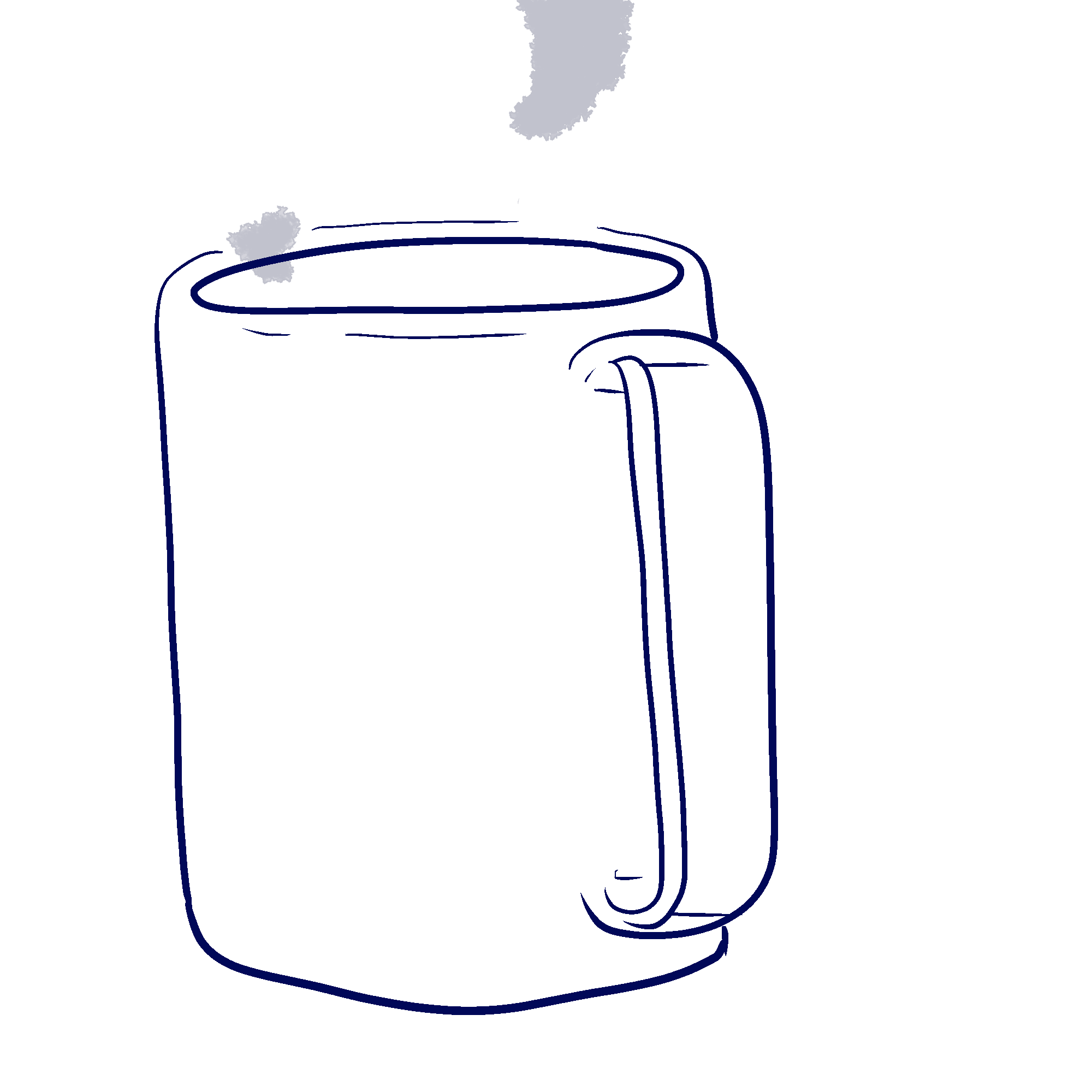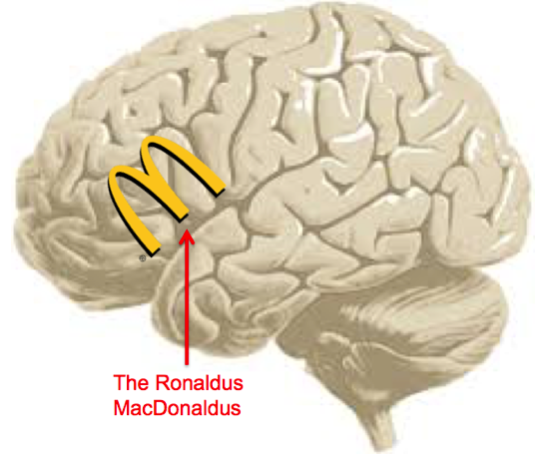Inspiration
This section explains the inspiration for this resource, and the rules determining how it was written – in particular, what it is not about. There’s also some advice not to worry too much about names of the parts of the brain.
Anyway, I was having coffee with this guy. We were at a neuroanatomy course. I go to a lot of these courses, so I can learn all the strange names of the bits of the brain. Sort of, the knee bone’s connected the thighbone but here it’s the amygdala’s connected to the hippocampus. So, the guy dips his head and looks over his coffee at me and he says: ‘Of course, we understand almost nothing about how the brains works. Maybe in a hundred years, we’ll get some answers. But right now?’ He shrugs his shoulders.

This worries me a little. The guy is the professor teaching the course. He’s a clinical neuroscientist who’s been taking brains apart and fitting them back together for over twenty-five years. I say to him: ‘But don’t we teach courses on the brain at university? Aren’t the bookshops full of books about neuroscience and the brain? Secret Life of the Brain, 50 Amazing Facts About the Brain, Everything You Wanted to Know About the Brain, Ten Recipes Using the Brain, and so on? I mean, we know something, don’t we?’
The conversation got me thinking. There’s clearly stuff about the brain we do know. And it’s important to separate what we do know from what we don’t know. Roughly, here’s what we do know: the broad principles of brain function; roughly what part does what; how it’s wired together; and how it grows. Here’s what we don’t know yet: the detailed circuitry within each part; the dynamic real-time interactions between the circuits that together determine moment-to-moment behaviour; how the brain handles complex, abstract thought and reasoning, often about itself; and how the physical brain generates the experience of being alive, the feeling that you are you (or I am me, depending on your point of view).
In my opinion, what we do know is enough to give a reasonable sense of how the brain works. That’s this resource.
There are a number of things I won’t be doing. I won’t be talking about the scientific methods used to discover what we know (brain imaging and the like). We won’t be focusing on the names of the bits of the brain, unless the names help us understand how the brain works. I won’t be cautious about the limits of knowledge and competing scientific theories – if something is in doubt, I’ll make a best guess, and then say ‘likely’ or ‘probably’ or ‘perhaps’. The resource is not “lots of impressive brain facts”. It is not all about “what makes humans special and wonderful and clever as a species” 1. It’s not “well would you ever, brains are all so illogical, irrational and flawed”. And it’s not “the secret mysterious enigma of the brain”. It’s simply intended to give a sense of how the thing works.
While we’re here, being introductory, a word on names of bits of the brain.
Say I told you, ‘the retrosplenial cortex is involved in spatial memory and imagination’. What would you take from that? That fashion moves fast in the world of spleens? Well, cognitive neuroscientists do use terminology like this a lot. It’s their job. Of course, we do need to give names to the bits of the brain, so we can ask questions like what does x-bit do? But if we just talk about the names of brain structures and the fibres connecting them, we won’t get terribly far in understanding how the thing works.
It’s worth noting a couple of things about the names of parts of the brain. First, where did the names come from? Well, mostly the names were invented by 18th and 19th Century anatomists who were taking human brains apart.
An anatomist would hold up a bit of the brain, and he’d describe how it looked.
‘Caruthers, this piece looks like an almond,’ he’d say.
‘That doesn’t sound especially scientific, my dear fellow,’ his colleague would reply, chidingly. ‘An almond, indeed? Will people want to hear that we have almonds in our heads?’
The first anatomist would wipe his hands on his apron and nod thoughtfully: ‘Very well. Let us use a Greek word or a Latin word.’
‘Latin for almonds … let me see, that would make it amygdala, I believe.’
‘Amygdala it is.’
‘We have discovered the amygdala.’
‘Bravo, good fellow. Let us crack on. Wait, I’ve found another bit here…’
There you go. Names of parts of the brain mainly come from what the structures physically look like.
Here’s another way to look at it. There’s a bit of the brain at the front on the left hand side that looks like a big M. Now, if we were naming that bit today, what would we call it? Probably the ronaldus macdonaldus, rather than the ‘inferior frontal gyrus’. And we’d collect a sponsorship fee.

More importantly: does a name tell us about function? Well, just because there’s a bit of the brain that looks distinct enough to get a label does not necessarily mean the structure even has a distinct function. I’ll give you an analogy. The power lead of my computer is a distinct, separable bit (let’s be more scientific and give it a Latin name, the filum de fulgur – literally, string of lightning). But the power lead doesn’t turn out to have a separate function: the filum de fulgur is part of the electrical circuit that contributes to the operation of the whole computer. So focusing on parts by giving them names can divert us from how the whole thing works.
One more thing before we get going: a few words of sympathy for psychologists.
[1] Cleverness is a tricky area. Animals do some pretty clever stuff, too. Birds can migrate using the Earth’s magnetic field. Bees can hover on a windy day. True, the things humans say are really clever, and human technology is, like, gee whizz. But, then, what humans end up doing is not necessarily so clever. As they say, ‘Give a man a fish and he’ll eat for a day. Teach him how to fish and you get massive global depletion of fish stocks.’